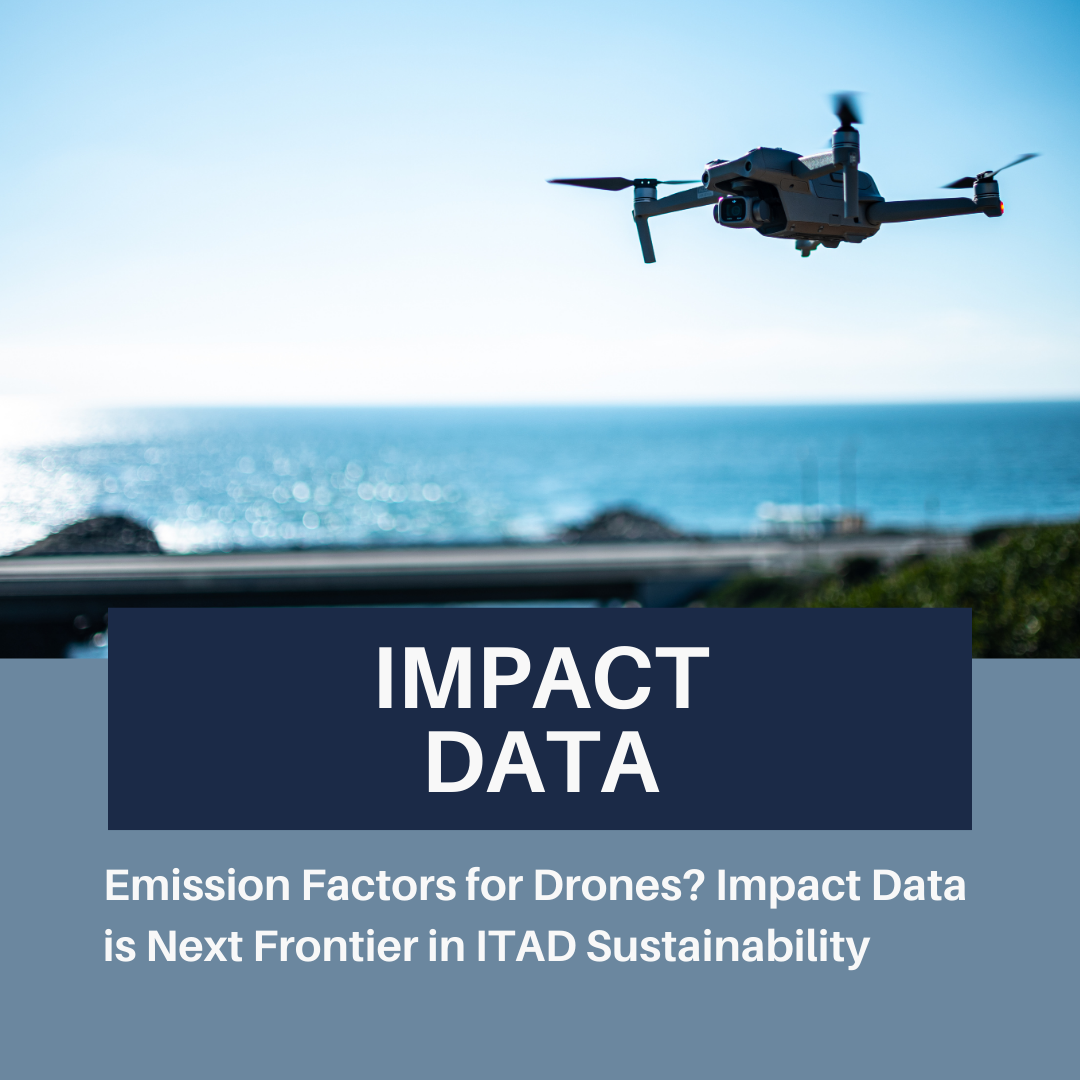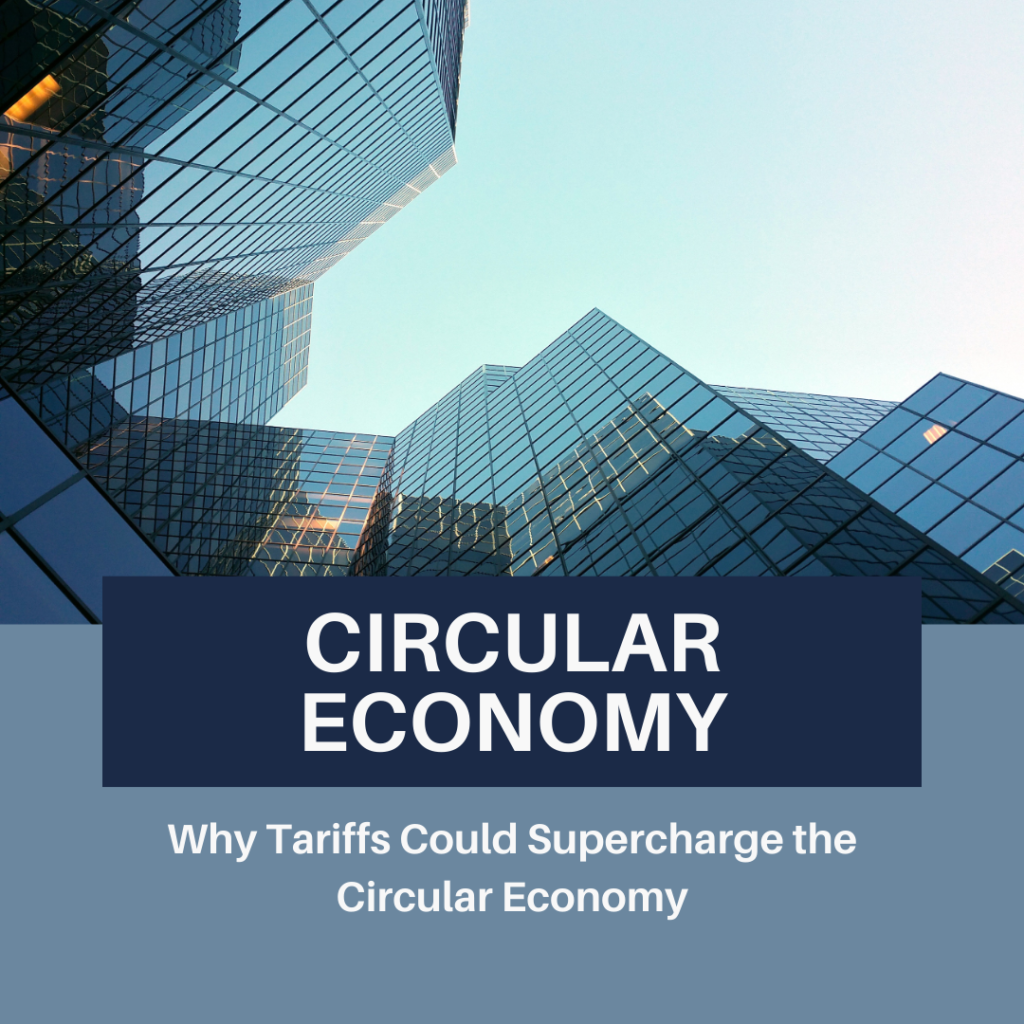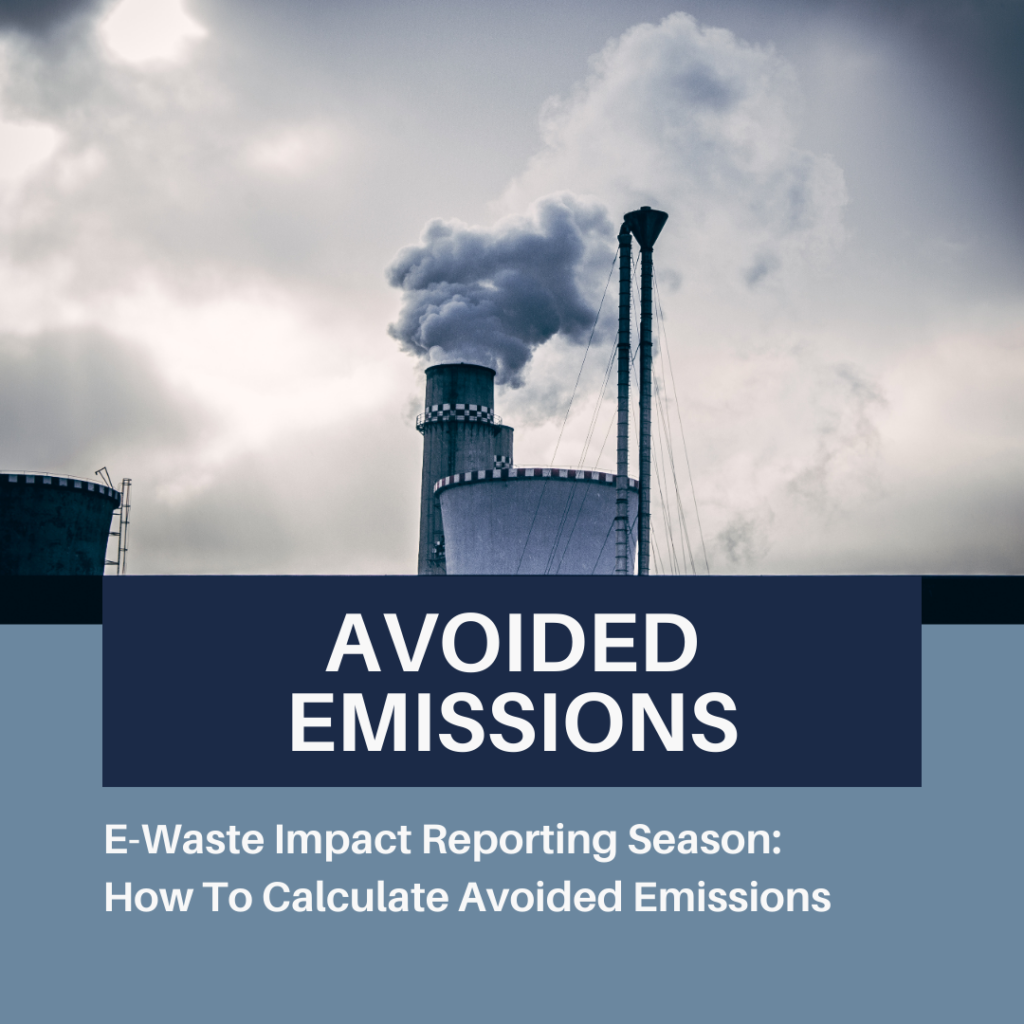Our ITAD and recycling clients handle an ever-expanding range of electronic assets. As technology evolves, so does the need for robust sustainability metrics. One key challenge? Quantifying the environmental benefits of refurbishment, re-use, and recycling—especially for emerging asset types like drones.
To do this effectively, our analysts meticulously categorize each asset and determine defensible avoided emissions values. These calculations must withstand third-party scrutiny, ensuring that every claim about carbon savings is backed by rigorous methodology.
Drones, in particular, present a unique challenge. Unlike traditional IT assets, they contain a complex mix of materials, including lightweight composites, lithium-based batteries, and high-tech sensors. Their production also involves energy-intensive processes that significantly contribute to embodied carbon. Accurately measuring the avoided emissions from drone refurbishment and recycling requires a deep dive into lifecycle assessments and industry benchmarks.
We like a challenge. And with companies demanding decision-grade insights, having precise, auditable emissions factors for new and emerging electronic assets is essential. Our team is at the forefront of this work, ensuring that sustainability claims remain credible and actionable.
Bloom doesn’t just help companies share verifiable impact data.
We help our clients monetise impact.
Get in touch to learn how we can help.

Sebastian Foot
Co-founder of Bloom Sustainability Advisors.20+ years sustainable finance experience.



